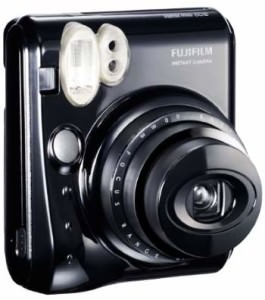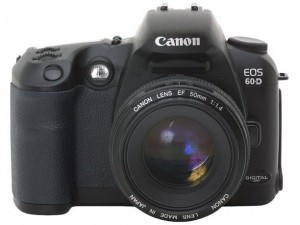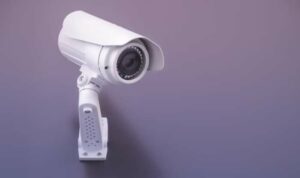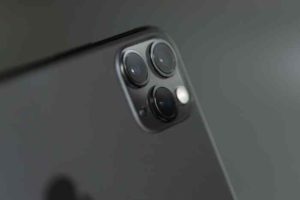Industrial Cameras: Their Purpose and Function
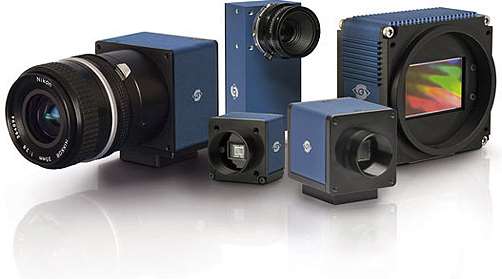
Technology has changed the landscape of photography, as cameras have seen dramatic increases in image resolution and quality. You don’t need to search very long to find cameras that run on Ethernet connections with 10 and 25 Gigabyte data speeds. Faster frame rates provide increased image quality.
In general, industrial cameras have a wide variety of applications, including the military, telecommunication, and security industries. The advanced technology significantly reduces or completely eliminates problems with camera jitters, latency (the time it takes an image to appear on your camera’s screen), and the amount of CPU resources that are used when filming.
But there are also specialized industrial cameras used for specific purposes in business, medicine, and science. Manufacturers of these specialized cameras understand the specific needs of each industry and how to apply the new technologies on the production line, offering professional video quality to virtually every type of business.
This brings us to the question: What is an industrial camera?
From a technical viewpoint, an industrial camera is a camera designed to resist the negative impacts of vibration, shocks, and temperatures that would render other cameras either useless or cause them to unexpectedly fail. These characteristics enable the camera to be used in virtually every working environment: mining, automotive, and pharmaceuticals are just examples of how versatile an industrial camera can be.
There is no one-size-fits-all type of industrial camera. They come in a wide range of sizes, so no matter where you need them, they can be installed and perform their imaging function as good as or better than another camera type. The technical options are as flexible as the camera size, with options for lens mountings, optical filters, and sensors.
Software applications are a critical part of an industrial camera.
Some examples of where industrial cameras are used includes 3D measuring, QC, robotics, and non-destructive testing. Every application requires not only a unique ability to perform its function, but also to be compatible with the most often used software platforms. This includes operating systems and image processing software. There are also options for purchasing a software developer kit or SDK that allows a buyer to create their own customized industrial camera solution.
What are the key functions of an industrial camera?
Unlike common cameras where a certain amount of inefficiency can be tolerated, industrial cameras must be both productive and efficient to perform industrial inspections with a high degree of quality and accuracy. Image frame rates recorded at a speed of 400 frames per second with a 4 megapixel resolution allows a high image resolution to be produced while allowing the process to continue at its peak efficiency.
Quality of recorded images is a major feature that increases the value of an industrial camera. Images can be produced that record beyond the visible spectrum of light, making non-destructive, detailed testing possible and saves the company money by increasing product quality.
Two examples of this are infrared industrial cameras used in the solar industry that examine defects in photovoltaic cells, and in the recycling industry that uses the technology to identify plastic materials to be recycled. The glass and metal industries use thermal imaging industrial cameras to monitor the physical temperature of objects.
Sensor types to consider.
Two of the most common technologies to consider when buying an industrial camera are CCD and CMOS. These technologies assist in achieving the major purposes of the industrial camera: productivity and efficiency. Here is a short guide to help you decide which is the best choice for your specific purpose.
CCD is an acronym for Charged Couple Devices. Their primary use is to capture images of still or moving objects by capturing the light and converting it into digital data. This was the most popular choice prior to the development of CMOS technology for the purposes of inspection and QC.
CMOS is the acronym for Complementary Metal Oxide Semiconductor. Much of today’s technology that is in use today uses CMOS sensors for inspecting. Everything from smartphones to batteries and digital cameras incorporates CMOS sensors into its production.
The major differences between the two technologies are price and quality. CCD sensors require a special manufacturing process, so are more expensive but create higher quality images. CMOS is relatively inexpensive, but sacrifice the quality when light sensitivity and noise creation are of special concern. However, they are more power efficient, a factor that cannot be ignored in today’s power hungry world.
Technology has moved forward and improved upon the image quality of CMOS sensors, and has made them even more power efficient and faster. Their continued improvement is leaving the older CCD technology behind in many industrial applications.
The decision to make.
We have seen the potential of industrial cameras in almost every type of working environment where productivity and efficiency are important issues, and when a durable camera unit is required for special applications. Whether it is CCD or CMOS, the image technology has become essential to remain competitive in the global marketplace.



